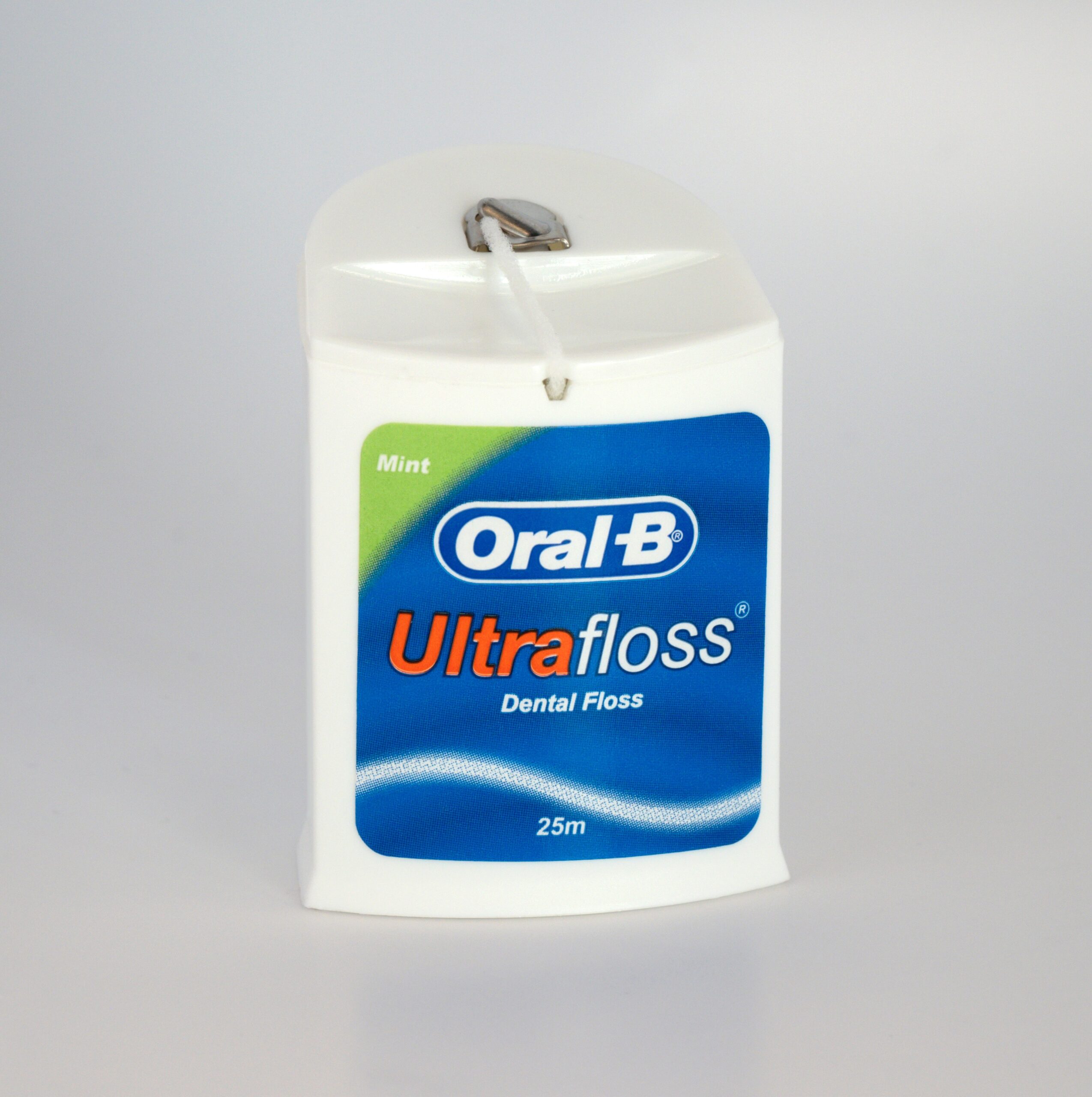

Using floss or interdental brushes is the best way to clean between your teeth. Floss 8 to 10 strokes, up and down as far as it will go but don’t press hard (so that it hurts) into your gums or you risk damaging your gums. Similarly, use interdental brushes 8 to 10 times between each tooth to dislodge any trapped food and plaque. Where possible, it is better to use interdental brushes to clean between your teeth and use floss if you cannot get a brush into the space.
Floss using interdental brushes once a day before brushing will help to remove plaque and stuck food.
It’s recommended that you use floss, or interdental brushes once per day, followed by brushing with a fluoride toothpaste twice a day, for a least 2 minutes.
If the bristles start to look worn or shabby, if the wire starts to look bent or twisted, we suggest you replace it with a new one
Floss and interdental cleaners are the only way to clean between your teeth. Water flossers are useful as well, but mouthwash isn’t sufficient to remove trapped food and plaque.
Flossing or interdental cleaning before you brush will make brushing more effective as there will be less plaque between your teeth, meaning the fluoride in toothpaste can get to more parts.
There isn’t a right or wrong time to floss or use interdental brushes , we recommend that you clean when you have the most time to ensure you do it properly. For most, that’s a night before bed, which reduced any trapped food before bed, reducing the overnight damage from bacteria.
Using toothpaste or mouthwash on the brush may damage the brushes. You may require a range of different size brushes to clean between different sized spaces between your teeth.
Your hygienist can advise you on the best size brush to use.
Read our independent CQC report


BRACES


BONDING


Dental Health Plan
We are accepting new patients, book an introduction call today
Book An Introduction Call
Do you need to change your diet during teeth whitening? 🤍
Jessica answers one of our most frequently asked questions, sharing simple, practical advice to help you get the best results from your whitening treatment — without taking the joy out of everyday life.


Ever wondered what it’s really like to have a filling at Evolve? 🤍
Maggie talks through the process step by step — from feeling at ease on arrival to gentle, considered care throughout treatment. It’s all about making your experience as comfortable and reassuring as possible.


Wish everyone a very Merry Christmas.


The cheeky Evolve Elf has been up to tricks this December, you can`t turn your back for a minute before he`s causing mischief.


🐾 Have you spotted our Gromit collection yet? At Evolve Dentistry, we’ve collected all of the Gromit figurines, and they’ve become quite the talking point!
In this video, Carol explains why we we started collecting Gromits back in 2013.
Come see the collection for yourself next time you’re in the area!
#EvolveDentistry #GromitCollection #PortisheadDentist #FunAtThePractice #CommunitySmiles #thegrandappeal


📣 Our Opening Hours at Evolve Dentistry 🦷✨
At Evolve Dentistry, we’re committed to providing exceptional care at times that work for you. Here are our opening hours for the festive period:
Wednesday 24th: Closed
Thursday 25th: Closed
Friday 26th: Closed
Saturday 27th: Closed
Monday 29th: Open from 8:30am
Tuesday 30th: Open from 8:30am
Wednesday 31st: Open from 8:30am
Thursday 1st January: Closed
If you have any questions, please call us on 01275 842 550.
Wishing you a very merry Christmas,.





